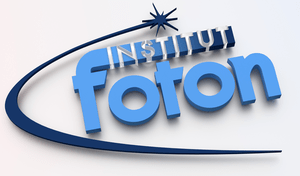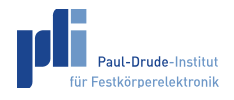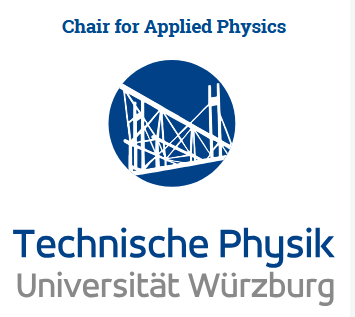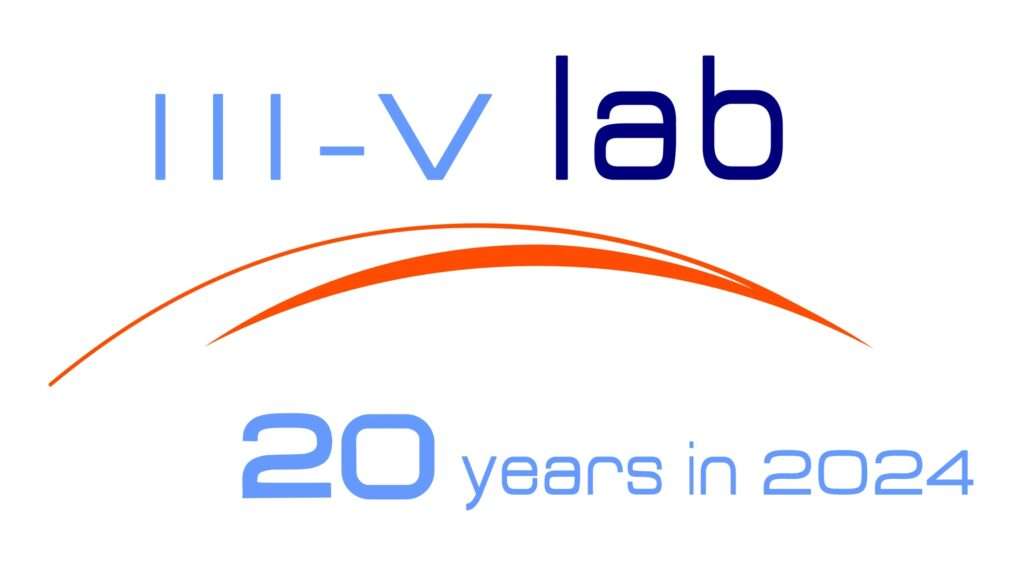PARTNERS
Here is a list (by alphabetical order) of academic research labs and industrial companies with whom we have longstanding collaborations.
Academic partners
The Centre for Nanoscience and Nanotechnology (C2N) is a joint laboratory between CNRS, University Paris-Sacalay and University of Paris-Cité. It develops research in the fields of material science, nano-photonics, nanoelectronics, nanobiotechnologies and microsystems, as well as in nanotechnologies. Its research activites cover all the range from fondamental to applied science.
The Centre for Advanced Photonics and Process Analysis (CAPPA) is a research centre of Munster Technological University (MTU), conducting both applied and fundamental research on photonics for applications in areas as diverse as telecom-munications, medical devices, food and pharma-ceutical manufacturing. The group is co-located both in MTU’s Bishopstown campus and in the Tyndall National Institute through the MTU@Tyndall partnership.
Center of photonics for information technology, Institut Foton, is a joint laboratory of CNRS, University of Rennes and INSA Rennes. The research topics, which were primarily concerned with optical communications, are now covering applications as distinct as defense, life sciences, industry, or energy. Typical areas of investigation by the three research teams include lasers, microwave, millimetre and terahertz optics, innovative materials for photonics, optical sensors, coherent imaging and advanced concepts for photovoltaics.
The Laboratoire Charles Coulomb (L2C) is a joint laboratory between U. Montpellier and CNRS. It covers a wide range of fields, from the most mathematical theoretical Physics to Chemical Physics and Biophysics, with a solid background of theoretical and experimental research devoted to Condensed Matter and Nanosciences. The investigations performed at the L2C are often at the interface with Chemistry, Life Sciences and Electronics.
The Physics Laboratory of the Ecole Normale Supérieure (LPENS), created on January 1, 2019, is a laboratory for interdisciplinary fundamental research in physics and its interfaces. The scientific activities of the laboratory cover a vast field of exploration in fundamental or applied, experimental or theoretical physics,
The Laboratory for Nanostructure Epitaxy and Spintronics on Silicon (L-NESS) is a multidisciplinary research centre at the crossroads of growth of materials, their characterization, and their atomistic modeling. Also, a strong emphasis is placed on developing strategic partnerships with the global high-tech industry.
The Paul-Drude-Institut für Festkörperelektronik (PDI) is a research institute in Berlin, Germany, part of the Forschungsverbund Berlin and a member of the Leibniz Association. We perform basic and applied research at the nexus of materials science, condensed matter physics, and device engineering.
The main research objectives of ‘Technische Physik’ at the University of Würzburg are related to the fabrication and characterization of semiconductor nanostructures. The group works on the development of nanostructure patterning technologies for optoelectronic applications as well as for basic physics studies of low dimensional photonic and electronic systems.
Industrial partners
III-V Lab is a joint lab between Nokia, Thales and CEA-Leti, dedicated to industrial research and development of optoelectronic and microelectronic components based on III-V semiconductors, and their integration with silicon circuits. Created in 2004, III-V Lab brings together 120 researchers in the Paris region and actively cooperates with CEA-Leti’s laboratories at Grenoble. III-V Lab has prototyping and production start-up resources to foster the emergence of high added-value component technologies which are then transferred to the industrial entities of the parent companies or their partners.
LYNRED offers infrared detectors designed to meet the needs of a broad range of markets. Their infrared detector lineup covers the entire infrared spectrum, from SWIR to VLWIR. Their products are compatible with the demands of a variety of industries. They are reliable and robust enough for defense applications, compact and powerful enoughfor surveillance and leisure applications, and stable and sensitive enough for industrial thermography, industrial systems, and thermography for fire and rescue applications.
mirSense is committed to developing and making cutting-edge laser technologies available to everyone on a daily basis. From protecting people to protecting their environment, mirSense builds tools that allow everyone to breathe cleaner air, to move safely and to live in good health.
The production of QCL lasers in the 10-19 microns range is unique in the world as mirSense holds an exclusive license of this technology developed by the nanoMIR group at the University of Montpellier, France.










